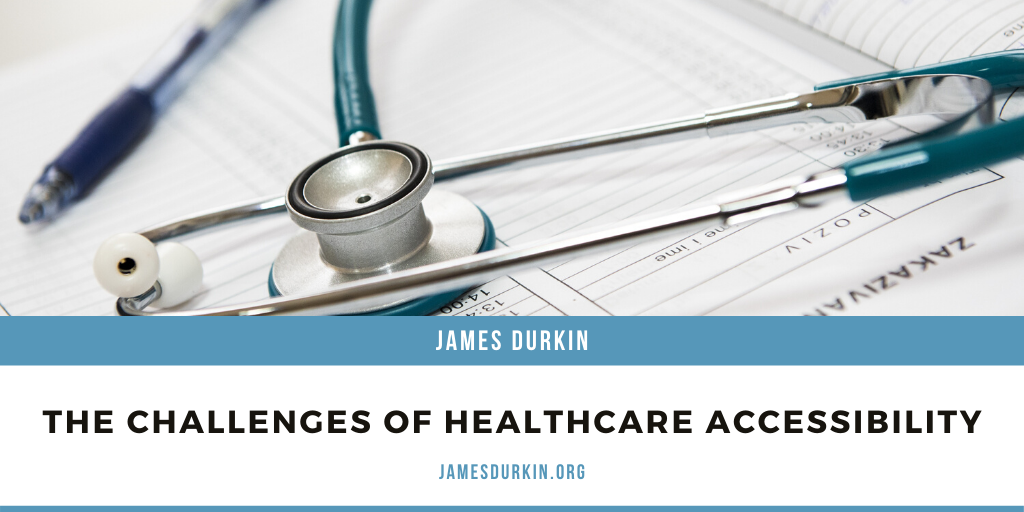Access to healthcare can be a major problem for many Americans, especially among the economically challenged. Men, women and children in the inner cities have to work with what’s available to them, and the healthcare available in these areas is usually not enough to meet their needs. The elderly and sickly have their challenges when it comes to meeting regularly with their clinicians. Thankfully, the digital age provides healthcare workers with tools to meet these challenges.
How Telehealth is Helping
Not everyone can make it to see their doctor during the typical business hours that can range anywhere from 8 AM to 5 PM. However, practically everyone in the United States has access to a smartphone or some other kind of computerized device that can connect to the internet. This is good news for healthcare providers who want to keep in constant contact with their patients.
By using online services, patients can have access to all the information they need when they can’t see their doctor. Instructions on caring for themselves, how to take their medications and when their next visit to the hospital or clinic is scheduled all fall under the banner of telehealth services that medical institutions provide their patients with online.
Extending Working Hours
Healthcare providers are also extending their office hours to meet the rising demand for convenient healthcare among the working class. Urgent Care centers are also helping to meet this demand. Starting in the 1970s, these convenient emergency clinics have provided people with emergency health services outside of common doctor’s office hours. Depending on their locations, these can be open till up to 8 PM.
This is just a start, however, because people who live in rural areas don’t have the same level of access to Urgent Care centers or clinics. Until more clinics and other medical resources are available in these areas, telemedicine can help. Doctors, nurses and patients can interact with each other by way of video conference calls and stay in touch that way. Making wireless services available to more people in rural areas will be a further challenge.
Thankfully, with the rise of 5G wireless service, these rural areas can be covered more effectively. Overall, more children, men and women have more convenient access to medical care than ever before, thanks mainly to established and emerging internet technologies.

